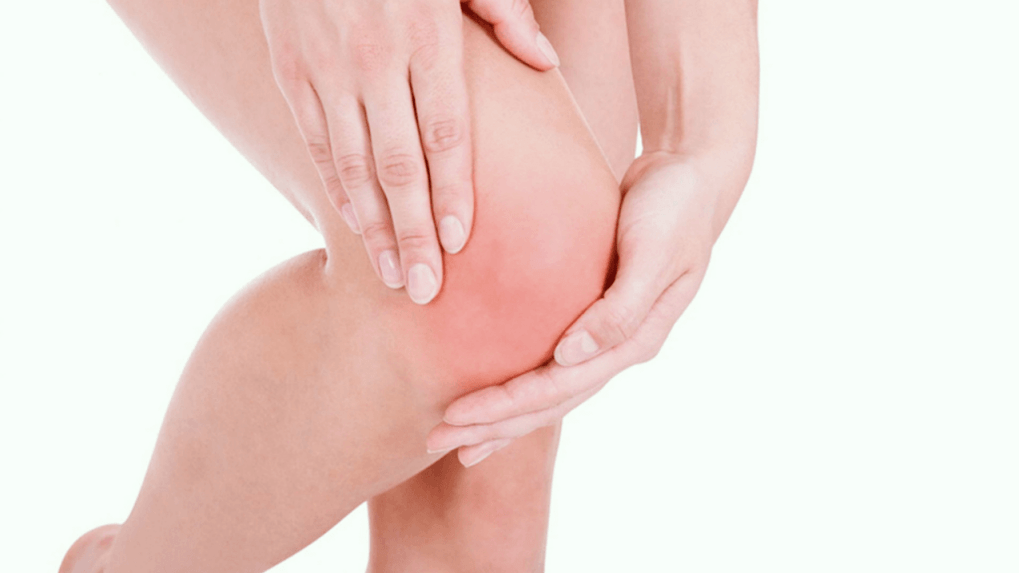With age, the cartilage tissue of various joints gradually deteriorates, which is accompanied by the destruction of both the joint capsule itself and the elements surrounding it. Osteoarthritis of the knee joint (also known as gonarthrosis) is a degeneration of the knee cartilage.The disease is initially accompanied by pain, which can later lead to significant restrictions in movement and even disability.
Osteoarthritis of the knee joint (also known as gonarthrosis) is a degeneration of the knee cartilage.The disease is initially accompanied by pain, which can later lead to significant restrictions in movement and even disability.
Symptoms of knee osteoarthritis
The main symptom of osteoarthritis is rare, regular or never-ending knee pain.The most common symptoms are:
- Pain when changing positions, climbing stairs;
- pain at rest;
- Stiffness in the knee after sleeping – initially for a short time, then up to 30 minutes;
- grinding, sharp noise accompanied by pain;
- Problems with movement of the knee joint, rarely - inability to bend the knee;
- visual deformation of the knee joint;
- swelling of the surrounding skin;
- Lameness (a characteristic symptom of an advanced stage).
4 degrees of pathology
The severity of the symptoms depends largely on the stage of development of the disease.For example, at the first stage the patient may not feel pain, but at stage 4 of the pathology the pain is pronounced and movements are very difficult.The development of pathology is divided into 4 degrees:
- The first is that there are no actual symptoms, but the doctor may notice minor deviations from normal during an x-ray.
- The second is episodic pain, mainly observed during physical activity, when changing positions, squatting or climbing stairs.
- Thirdly, the pain is severe and occurs constantly, even at rest.In this case, walking is only possible with the help of a cane.An x-ray shows significant narrowing of the joint space, degeneration of the meniscus and proliferation of bone tissue.
- Fourth, movements in the knee are difficult or even impossible.X-rays show complete destruction of cartilage tissue, sometimes the bones begin to fuse together.
Important!If you experience occasional pain in the knee joint, you should also see a doctor and have an X-ray taken.If the disease is detected early, the chances of recovery are significantly greater.
Diagnosis of the disease: where to go?
For diagnosis, the patient turns to a therapist and then to an orthopedist, rheumatologist, vertebrologist or kinesiotherapist (depending on the direction).Diagnostics includes interviewing, examining the patient and carrying out a number of procedures:
- general blood and urine analysis;
- Roentgen;
- computed tomography;
- MRI;
- Ultrasound to examine the joint capsule of the knee, as well as neighboring structures – muscle tissue, tendons;
- Joint puncture (collection of fluid for analysis);
- Arthroscopy (insertion of a small camera into the joint for accurate diagnosis).
Treatment of arthrosis of the knee joint
The course of treatment is prescribed by a doctor.If the disease is not yet advanced, conservative therapy (without surgery) can be used.In this case, medication and physiotherapeutic measures are indicated.As a rule, the treatment is complex - the patient will take drugs from different groups:
- non-steroidal anti-inflammatory drugs for pain relief – diclofenac, ibuprofen and drugs based on them;
- hormonal drugs (corticosteroid group) – they are used when other drugs are ineffective;
- antispasmodics – “Tolperisone” and its analogues;
- Chondroprotectors – drugs that stimulate the process of restoration of cartilage tissue: “Chondroitin sulfate”, “Glucosamine” in combination and individually;
- Drugs that stimulate blood saturation with oxygen and nutrients and improve blood circulation (“Pentoxifylline”, “Nicotinic acid” and others).
The drugs are used in different forms - externally (ointments, gels), orally (tablets), intramuscularly and intraarticularly (injections).In addition to medications, if necessary, the doctor may prescribe the following procedures:
- shock wave therapy;
- magnetic field therapy;
- laser therapy;
- electrotherapy;
- phonophoresis;
- Ozone therapy.
In extreme cases, when taking medications and procedures over a long period of time does not produce the desired effect and the disease is already well advanced, treatment is only possible through surgery.Several types of operations are possible:
- Osteotomy – the surgeon cuts a bone and changes its angle to reduce the overall stress on the knee joint;
- Arthrodesis – in this case the doctor fixes the bones, eliminating mobility and relieving pain, allowing the person to lean on the leg;
- Endoprosthetics – total replacement of the affected joint with a prosthesis.





















